Some works of literature go beyond being just books—they become monumental achievements that stand as a testament to human creativity and dedication. These lengthy masterpieces span countless pages and often take years, even decades, to complete, captivating readers with their rich storytelling and intricate details. From ancient classics to modern epics, these works explore diverse themes, cultures, and philosophies. They hold a special place in literary history, not only for their sheer length but also for their ability to leave a lasting impact. This article takes a closer look at some of the longest pieces of literature ever written, delving into their fascinating stories, authors, and enduring significance.
The Mahabharata
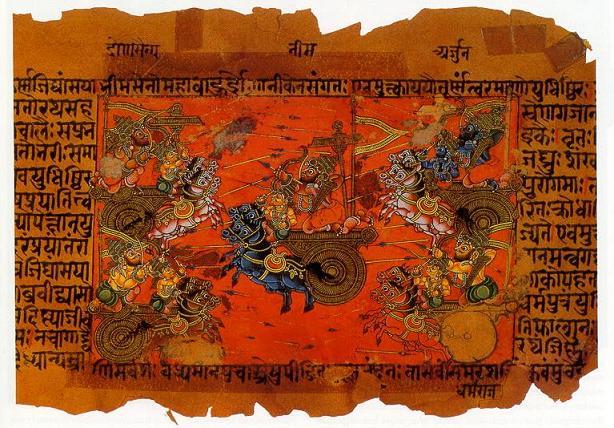
The Mahabharata is one of the longest and most important epic poems in world literature, originating in ancient India. Traditionally attributed to Vyasa, it consists of over 200,000 verse lines and approximately 1.8 million words, making it about ten times the length of The Iliad and The Odyssey combined. Written in Sanskrit, it is a cornerstone of Indian culture, philosophy, and mythology. The story revolves around the Kurukshetra War and includes the Bhagavad Gita, a spiritual and philosophical dialogue between Prince Arjuna and Lord Krishna. It addresses themes of duty, righteousness, and the complexities of human relationships. It has been translated into numerous languages, maintaining its relevance across centuries and cultures. The epic’s influence extends to art, theater, and modern adaptations, showcasing its timeless appeal.
The Bible

The Bible is a collection of religious texts that is not only foundational to Christianity but also one of the longest works of literature. Comprising 66 books in the Protestant canon (and more in other traditions), it includes historical accounts, poetry, prophecy, and moral teachings. Spanning over 783,000 words in the King James Version, it is a composite work written by numerous authors over centuries. It has been translated into more languages than any other book, making it one of the most widely read and studied texts in history. Its themes of faith, redemption, and human purpose have inspired countless works of art, literature, and philosophy. It also serves as a cultural cornerstone, influencing legal systems, ethics, and societal values worldwide. Its enduring impact reflects its significance beyond its length.
Les Misérables

Victor Hugo’s Les Misérables, published in 1862, is a sweeping French novel that spans over 1,200 pages in its original form. The story follows the lives of several characters in post-revolutionary France, including the iconic ex-convict Jean Valjean. With approximately 655,000 words, it is not only a lengthy novel but also a deeply emotional and philosophical exploration of justice, love, and redemption. He incorporates historical events, like the June Rebellion of 1832, as well as detailed social commentary, making it both a novel and a historical document. Its success led to numerous adaptations, including stage productions and films, cementing its place in popular culture. Its themes resonate universally, capturing the struggles and triumphs of the human spirit. His detailed prose and interwoven narratives ensure that the novel remains a literary masterpiece.
War and Peace
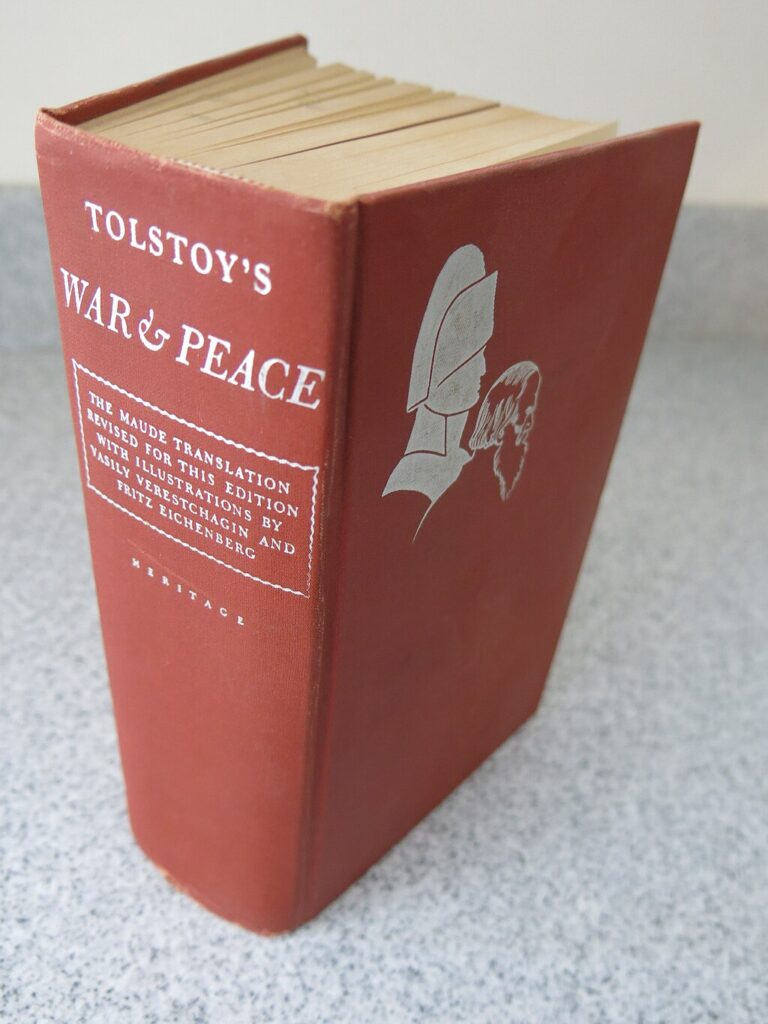
Leo Tolstoy’s War and Peace is an iconic Russian novel published in 1869, renowned for its massive scope and philosophical depth. Spanning over 1,200 pages and 587,000 words, it intertwines the lives of fictional characters with historical events during Napoleon’s invasion of Russia. His narrative delves into themes of war, peace, love, and human resilience, blending personal and historical perspectives. The novel is divided into four volumes, with intricate character development and vivid depictions of Russian society. It has been hailed as one of the greatest novels ever written, influencing countless writers and thinkers. His exploration of fate, free will, and the human condition add to its timeless appeal. Translated into numerous languages, it continues to captivate readers around the world.
Zettels Traum
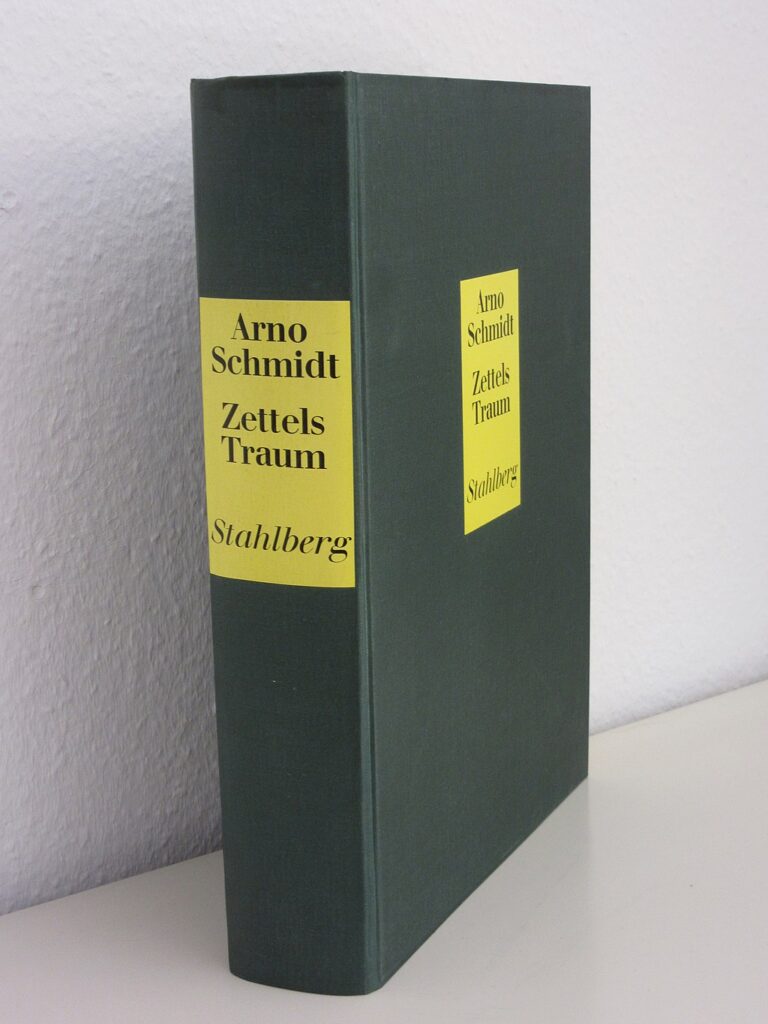
Zettels Traum (or Bottom’s Dream) by Arno Schmidt is a German experimental novel published in 1970. Spanning over 1,500 pages and written in an unconventional layout, it is one of the longest single-volume novels ever published. The novel explores themes of language, memory, and consciousness through a narrative that blends fiction, philosophy, and psychoanalysis. Its structure is unique, with large double-columned pages and extensive footnotes, challenging traditional reading conventions. The story revolves around a translator working on Edgar Allan Poe’s works, intertwining literary analysis with narrative elements. His dense prose and experimental style have made the book both a literary landmark and a polarizing work. Its length and complexity have earned it a cult following, with readers and scholars appreciating its innovative approach to storytelling.
In Search of Lost Time
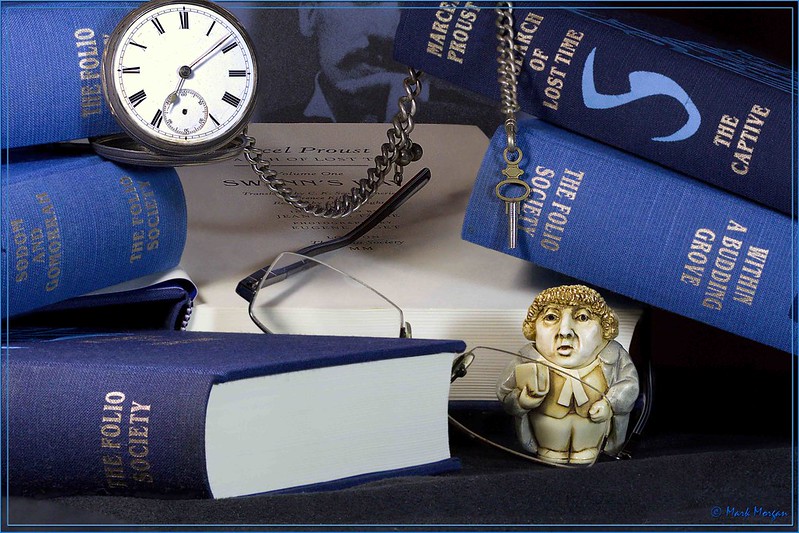
Marcel Proust’s In Search of Lost Time (originally “À la recherche du temps perdu”) is a monumental French novel published between 1913 and 1927. Spanning seven volumes, it contains an estimated 1.5 million words and approximately 9,609,000 characters, making it one of the longest novels ever written. The narrative delves into the narrator’s experiences in late 19th and early 20th-century French society, exploring themes of memory, time, and identity. His intricate prose and deep psychological insights have cemented its place as one of the greatest literary achievements. The work’s detailed descriptions and philosophical musings require patience but offer immense rewards for dedicated readers. It has been translated into numerous languages, expanding its influence across the globe. Its impact on modernist literature remains profound, inspiring countless writers to explore complex themes with depth and nuance.
Artamène ou le Grand Cyrus
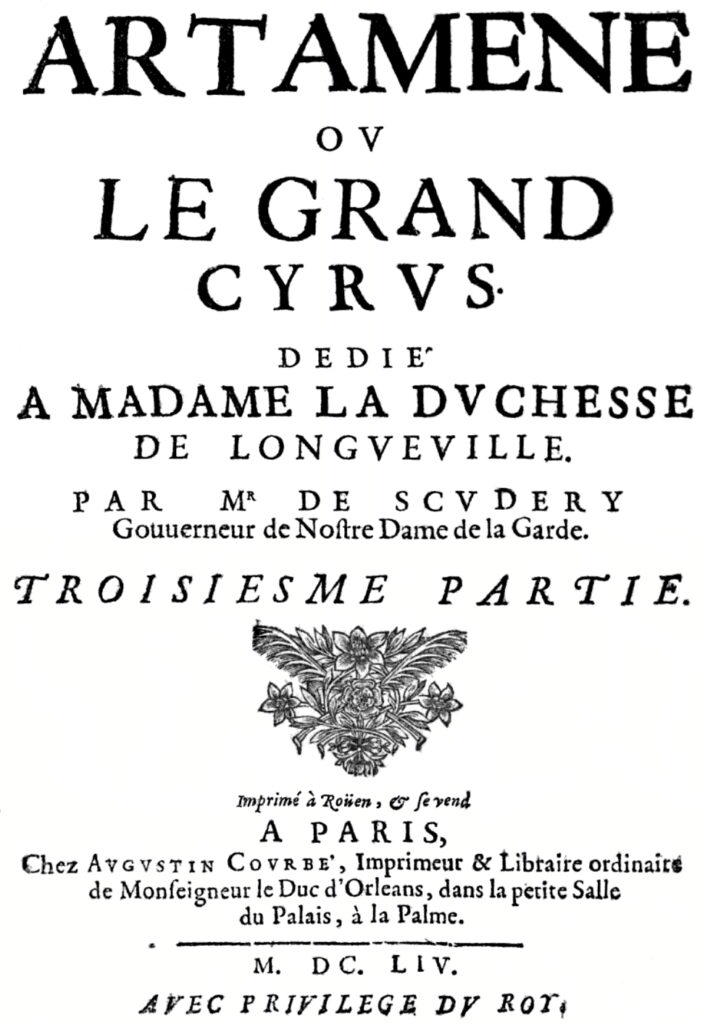
Artamène ou le Grand Cyrus, attributed to Madeleine de Scudéry, is a 17th-century French romance novel. First published between 1649 and 1653, it spans 10 volumes with over 13,000 pages, making it one of the longest novels in history. The story revolves around the heroic adventures of Cyrus the Great, blending historical events with fictionalized romance and intrigue. It was widely celebrated in its time for its elaborate plot and richly detailed characters. Her work reflects the literary tastes of the French aristocracy during the era, emphasizing courtly love and gallantry. Though less well-known today, the novel provides valuable insights into 17th-century literary culture and society. Its influence on subsequent romantic literature is noteworthy, laying the groundwork for the development of the genre.
Clarissa
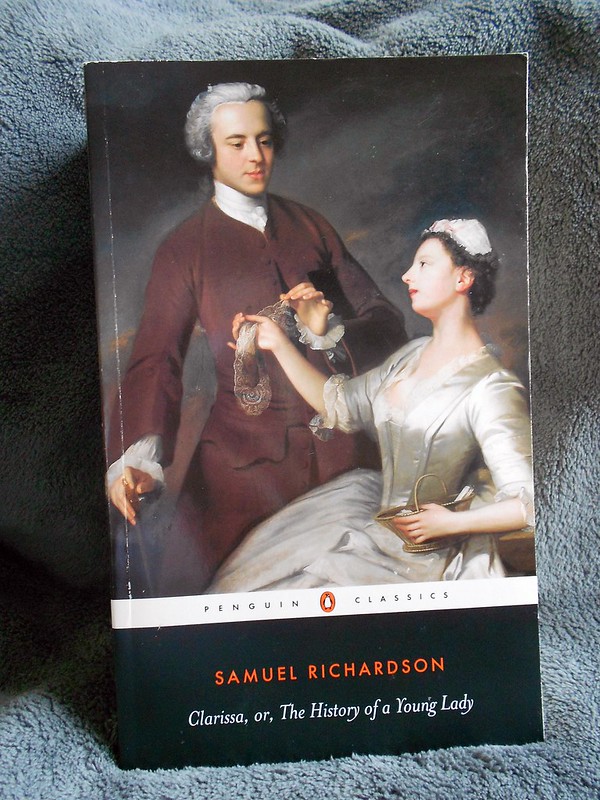
Samuel Richardson’s Clarissa, or, the History of a Young Lady, published in 1748, is one of the longest novels written in English. Comprising over one million words, it is a detailed epistolary novel that explores themes of virtue, morality, and the consequences of societal constraints. The story follows Clarissa Harlowe, a young woman who resists an arranged marriage, leading to her tragic downfall. It is noted for its psychological depth and exploration of gender dynamics in 18th-century England. His use of letters as a narrative technique allows for intimate insights into his characters’ thoughts and emotions. Despite its length, it was highly influential and widely read during its time, setting a standard for English novelistic tradition. Its enduring relevance lies in its exploration of universal themes, making it a staple in literary studies.
Ponniyin Selvan
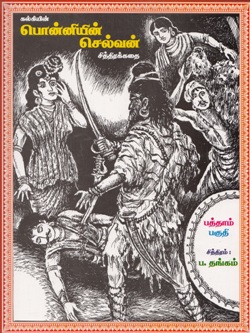
Ponniyin Selvan, a Tamil historical novel by Kalki Krishnamurthy, is a literary masterpiece serialized from 1950 to 1954. Spanning five volumes, it comprises over 2,100 pages, chronicling the Chola dynasty’s political intrigues and adventures. The narrative revolves around Arulmozhivarman, who later becomes the famed Chola emperor Rajaraja I. His vivid storytelling, historical accuracy, and compelling characters have made it a beloved classic in Tamil literature. The novel has been celebrated for its seamless blend of history, romance, and suspense, captivating readers for decades. It played a significant role in popularizing historical fiction in Tamil literature. Recent adaptations, including films and translations, have introduced it to a global audience. Its cultural impact remains significant, influencing generations of readers and writers.
The Tale of Genji
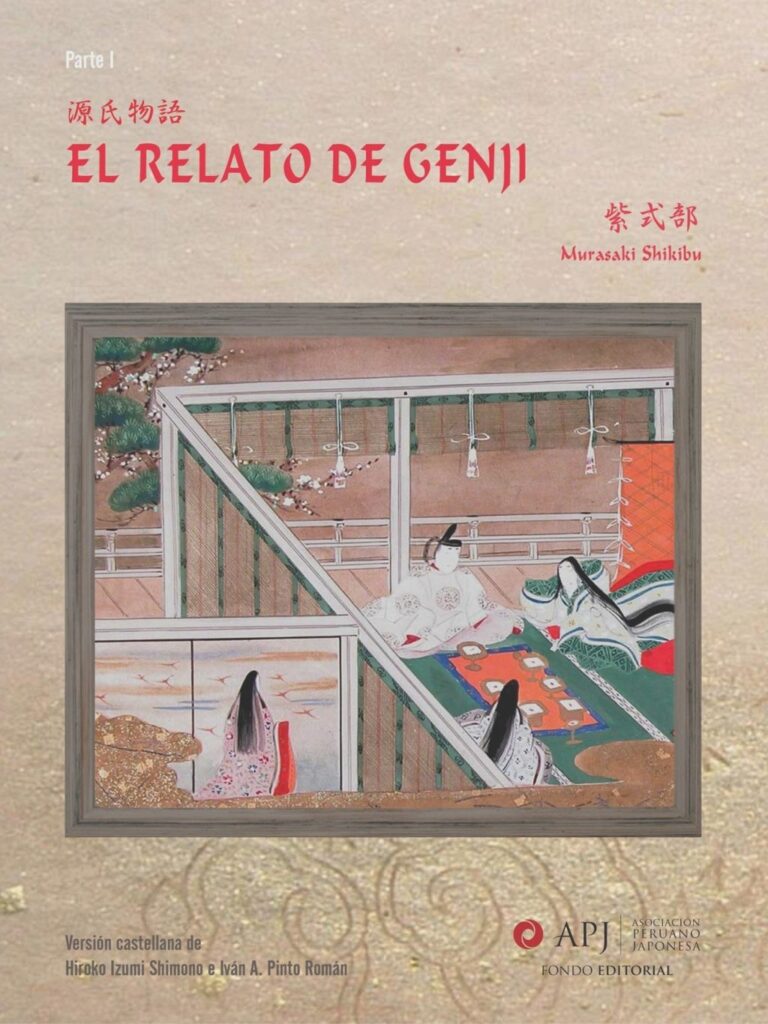
Written by Murasaki Shikibu in the early 11th century, The Tale of Genji is a Japanese classic and often considered the world’s first novel. Spanning 54 chapters and over 1,000 pages in English translation, it chronicles the life and loves of Hikaru Genji, a nobleman of extraordinary beauty and talent. The novel offers an unparalleled glimpse into Heian-era court life, exploring themes of love, ambition, and impermanence. His poetic prose and psychological depth have captivated readers for over a millennium. It is also a cultural treasure, influencing Japanese art, literature, and philosophy. Its narrative structure and character development were revolutionary for its time, laying the groundwork for modern storytelling. Numerous translations and adaptations have introduced this timeless work to audiences worldwide.
This article originally appeared on Rarest.org.
More from Rarest.org
21 Forest Plants That Thrive in Low-Light Conditions

Forest floors are often shaded, but that doesn’t mean they’re barren. Many plants thrive in low-light conditions, adding greenery and life to the darkest corners of the woods. Read More.
10 Largest Mosques in the World
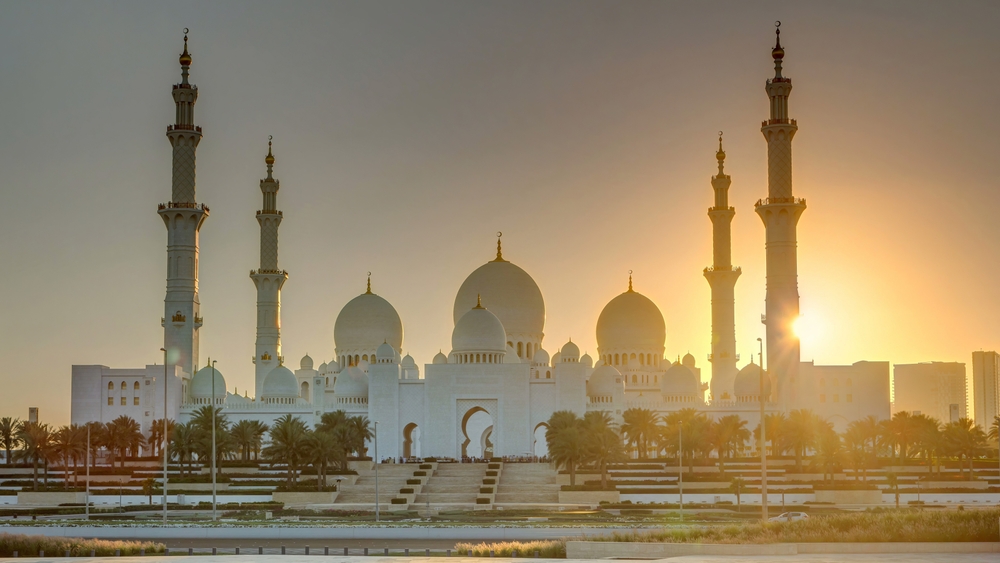
Mosques are not just places of worship but also architectural marvels that represent the cultural, spiritual, and artistic heritage of the Islamic world. Across the globe, these structures stand out for their immense size, intricate designs, and historical significance. Read More.
20 Exotic Birds With Stunning Plumage Found in Remote Islands

The world’s remote islands are home to some of the most exotic and visually stunning birds on the planet. These unique species often develop vibrant plumage and fascinating behaviors, thriving in isolated habitats far from human disturbance. Read More.
